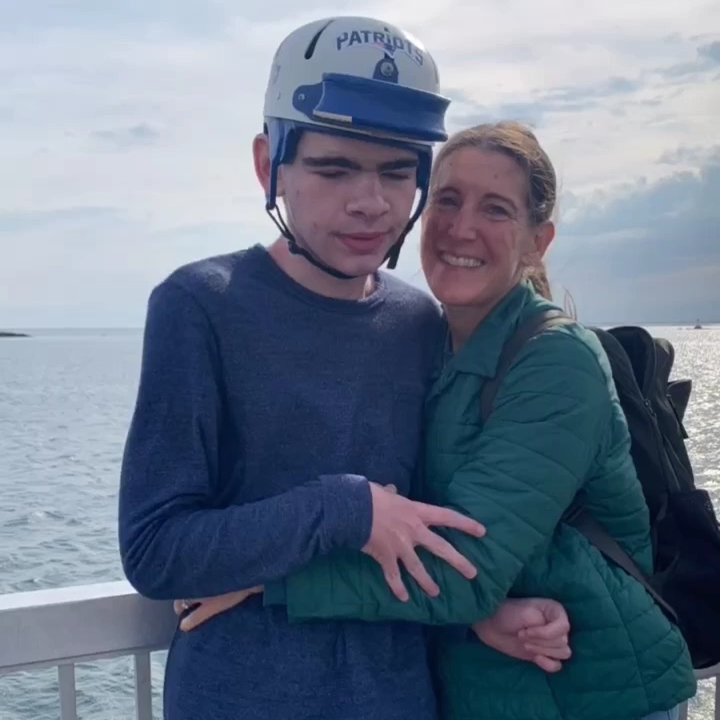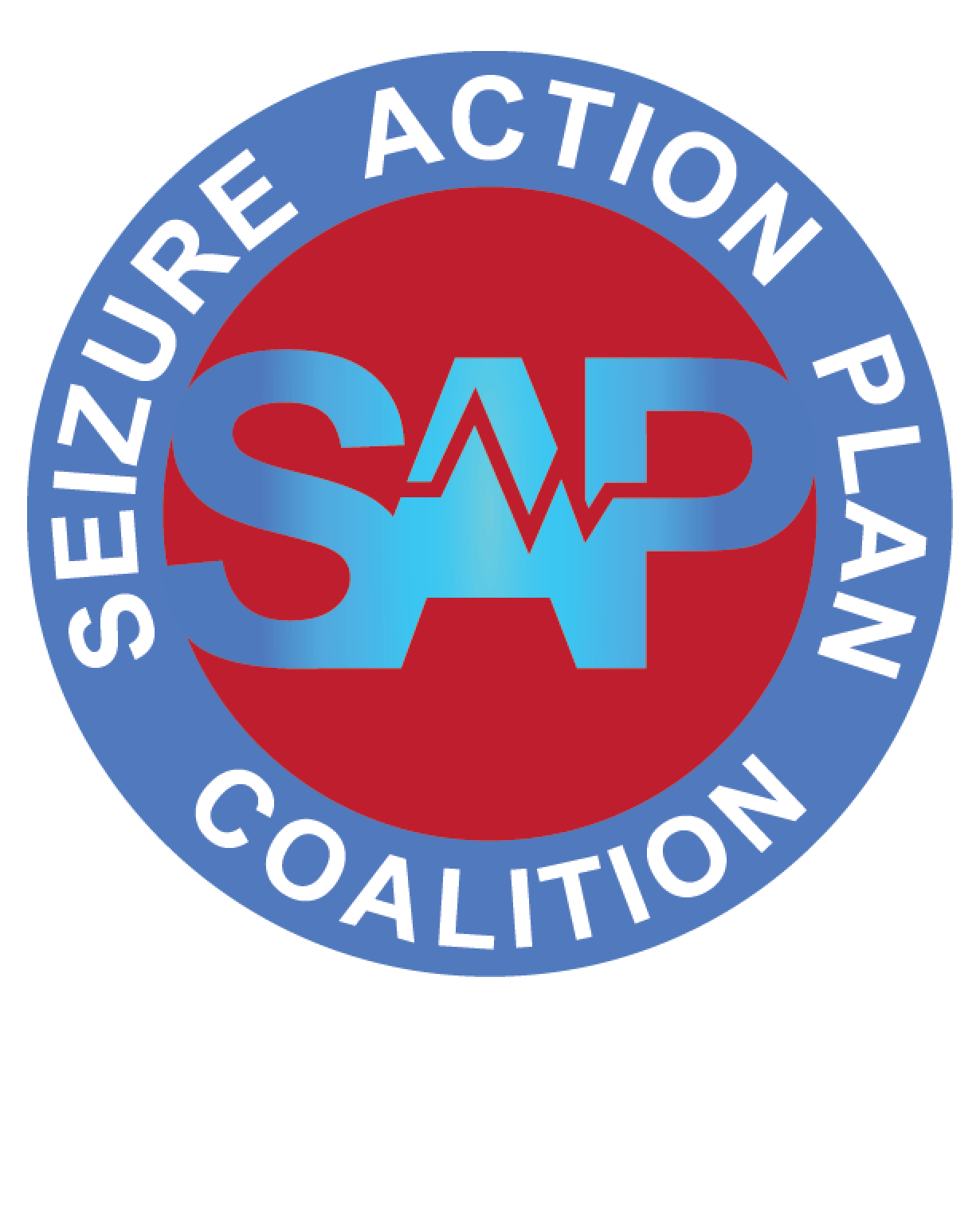
“Seizures can be scary and unexpected, but we are ready and have a plan for it.”
We have planned for it.
If you were grabbing a coffee from our local Dunkin Donuts, or taking a walk through one of our town parks…you have surely met our Teddy. He is the tall, sweet, spirited boy who is greeted by everyone around him, and will gladly take your hand and force you to run with him. He is the boy who wears a helmet, is nonverbal and may have a sudden violent fall (drop seizure) right in front of you. It is scary, and unexpected. But is this considered an emergency? Could be, or not. It all depends on the context, timing, seizure type, duration, antecedent, respiratory status, postictal presentation…factors that need to be considered before determining the appropriate action.
For some individuals with epilepsy, one breakthrough seizure may be considered an emergency and requires emergency action. For Teddy, a boy with Lennox Gastaut Syndrome, multiple daily seizures are common, but seizures that require emergency action are infrequent. Knowing when to act is the essential aspect of his seizure care plan.
When Teddy was first diagnosed with LGS, our singular focus was to stop his seizures, a lofty target for a child with LGS. Our aim has since evolved beyond seizure freedom, to having sufficient seizure control to allow Teddy the most fulfilled life possible, while minimizing seizure emergencies and forced hospitalizations. As Teddy’s life became more full with different caring professionals responsible in keeping him safe, we needed a consistent approach to addressing his daily seizures, and knowing when emergency interventions are indicated especially in high stress situations. This led us to develop a seizure action plan, a clear set of actions to refer to during crisis situations.
When we first developed Teddy’s first seizure plan, it was at minimum a helpful exercise in putting down on paper many of the actions and decision making we have put in place after years of seizure management. It helped to reinforce our current practice and evaluate how we can continue to improve. Since its development, we found that Teddy’s plan is actually a more fluid document that requires constant review and revision to best support Teddy’s needs at the present moment. In addition, it is a document that we could share with his caregivers, teachers, local EMT to ensure consistency and decrease unnecessary hospitalizations.
When determining what goes in a plan, I imagine what someone would need to know who has no background knowledge of Teddy. His plan includes: current date (rev.), essential information and emergency contacts, descriptive background, list of current medications (including rescue), description of seizures types and then seizure management. Seizure management addresses different seizure scenarios from brief isolated absence seizures which do not require emergency intervention, to seizure clusters lasting greater than 5 min and requiring the administration of emergency medication. It also includes basic first aid for injuries related to seizures. The plan is short and accessible and most importantly provides a predetermined set of actions to be taken in a crisis situation that is in the moment can be very stressful and upsetting.
At present, Teddy’s is experiencing a pretty stable seizure phase. And we are fully enjoying it. But we know like all of his phases, it may change. And we are ready…we have planned for it.




